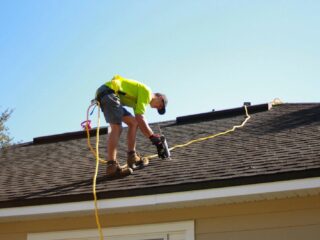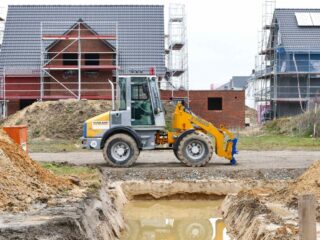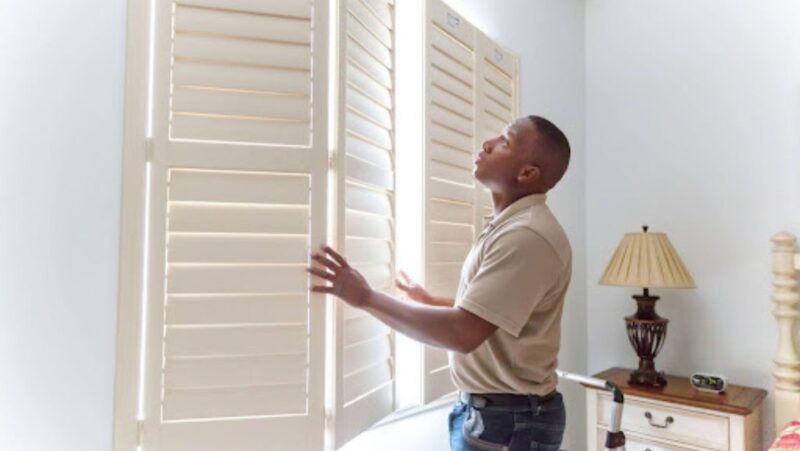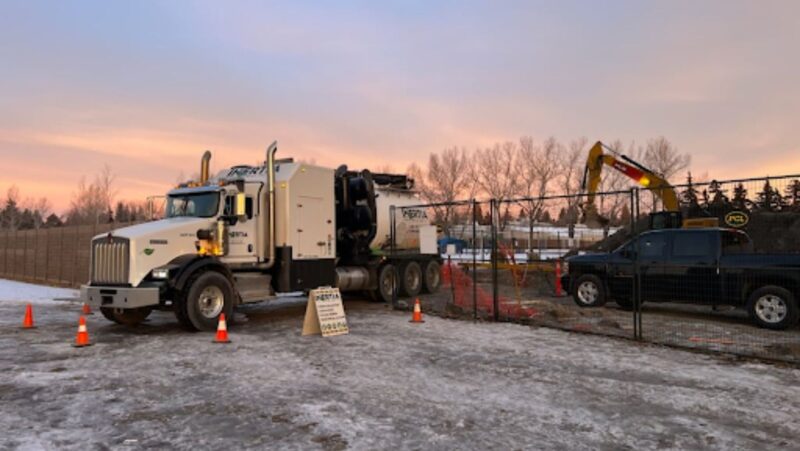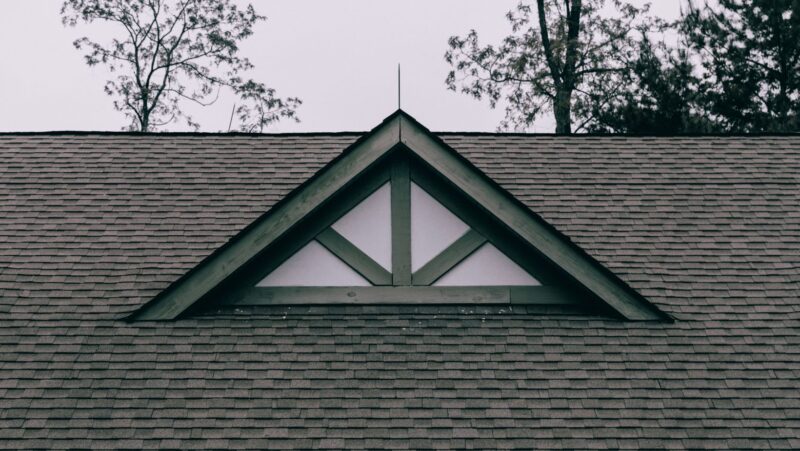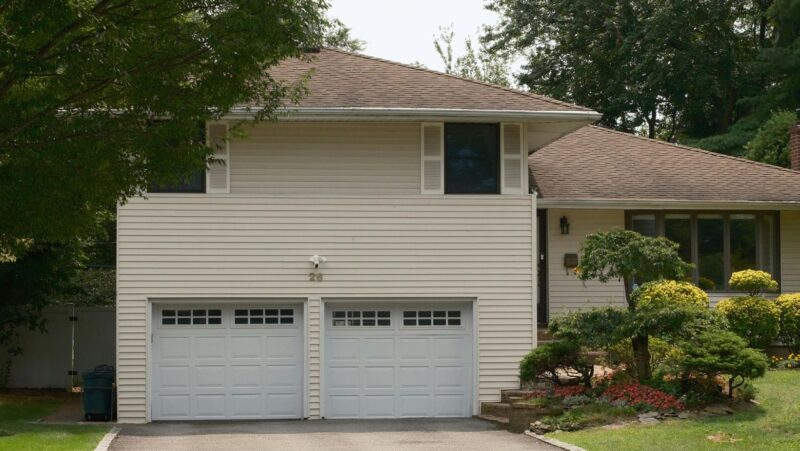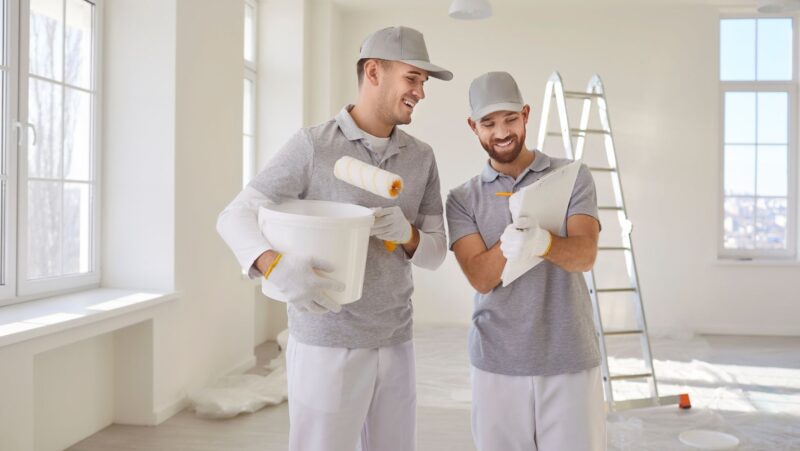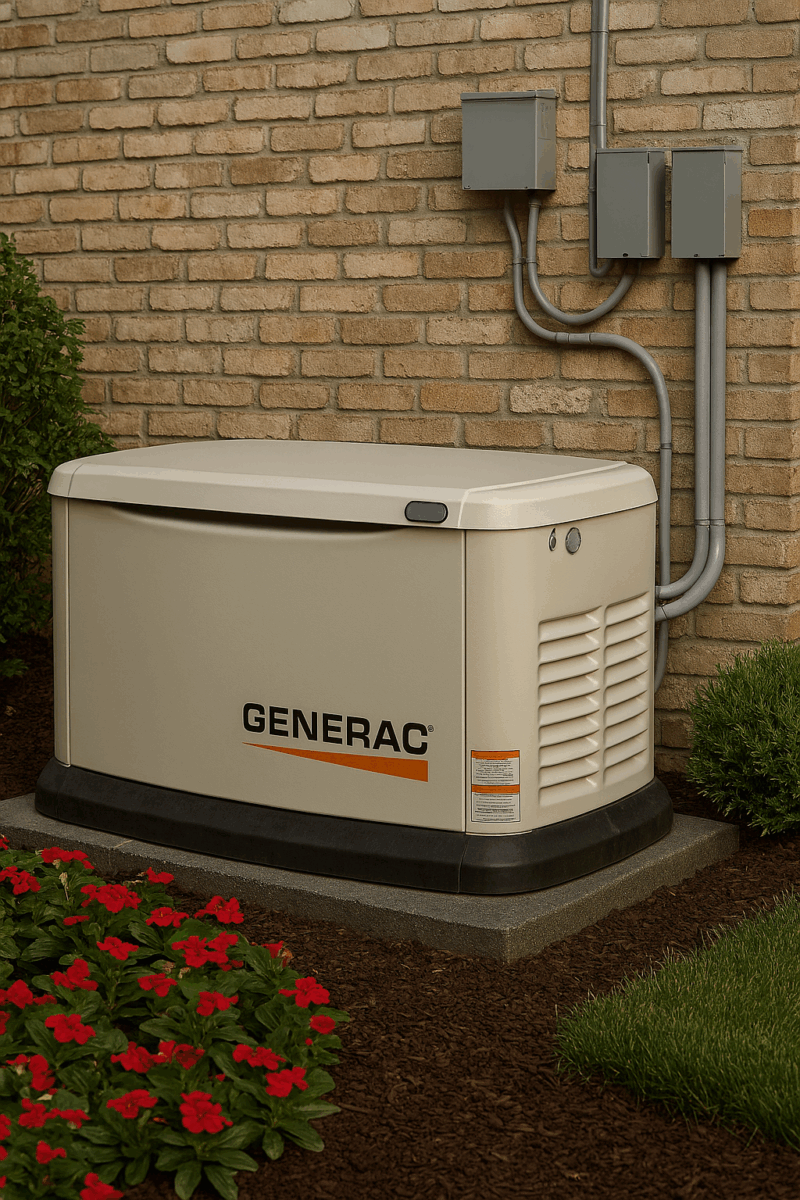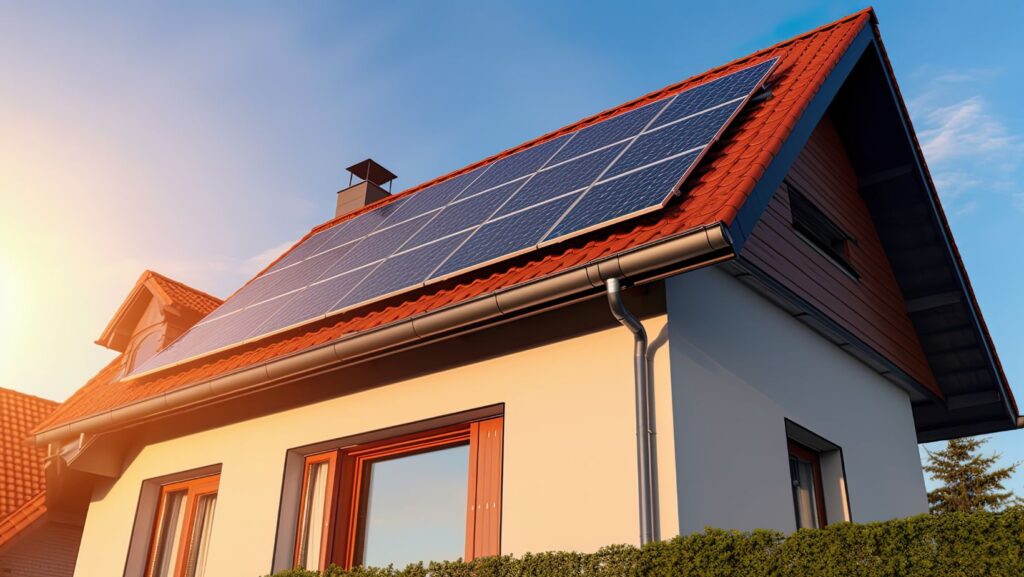
Improving a roof’s energy efficiency in 2025 involves upgrading insulation, choosing reflective roofing materials, and integrating smart ventilation systems. These steps help reduce heat transfer and lower cooling and heating costs throughout the year. The most effective way to make a roof more energy efficient is by combining high-quality insulation with cool roofing materials that reflect sunlight.
New technologies and materials available this year offer better performance and durability than ever before. Homeowners and builders can benefit from thermal barriers, solar-reflective coatings, and advanced ventilation that maintain indoor comfort without excessive energy use.
Understanding Roof Energy Efficiency
A roof’s impact on energy use depends on its materials, design, and insulation. Addressing inefficiencies can reduce heating and cooling costs and improve indoor comfort.
What Makes a Roof Energy Efficient
An energy-efficient roof reflects more sunlight and absorbs less heat. Materials like cool roofing membranes, reflective coatings, and light-colored shingles reduce heat gain.
Proper insulation is critical. It limits heat transfer between the interior and outside air. Effective ventilation also helps by removing hot air from the attic, lowering indoor temperatures.
Energy-efficient roofs may also include green roofing systems or solar panels, which further reduce energy consumption. The combined effect depends on local climate, roof orientation, and construction quality.
Benefits of an Energy-Efficient Roof
Lower energy bills are a primary benefit. By reducing heating in winter and cooling in summer, efficient roofs cut monthly utility costs.
Improved comfort follows naturally, as temperature swings inside the building decrease. This also reduces strain on HVAC systems, potentially extending their lifespan.
Energy-efficient roofs contribute to environmental goals by lowering greenhouse gas emissions. They can increase home value due to growing demand for sustainable features.
Common Roof Inefficiencies
Poor insulation and lack of ventilation cause most inefficiencies. Heat often escapes through gaps or insufficient insulation layers.
Dark roofing materials absorb more solar heat, driving up cooling costs. Aging or damaged roofs may have cracks or leaks, compromising thermal resistance.
Inadequate roof design for local climate can worsen inefficiencies. For example, roofing that works in cold climates may trap heat in warm regions. Identifying and fixing these issues is essential to improve efficiency.
Modern Roofing Materials and Technologies
New roofing options focus on reducing heat absorption, improving insulation, and generating renewable energy. Advances include reflective coatings, vegetation-based roofs, enhanced insulation materials, and integrated solar technology.
Cool Roofs and Reflective Materials
Cool roofs use reflective coatings or materials to minimize heat absorption. Surfaces typically have high solar reflectance and thermal emittance, which lowers roof temperatures by 30-50°F.
Common materials include white or light-colored coatings, metal roofing with reflective finishes, and specially treated shingles. These materials reduce cooling loads inside buildings, which leads to lower energy bills in warm climates.
Maintenance involves periodic cleaning and reapplication of coatings to sustain reflectivity. Cool roofs can extend roof lifespan by reducing thermal stress caused by heat fluctuations.
Green and Living Roof Solutions
Green roofs consist of a waterproof membrane, soil, and vegetation. They improve energy efficiency by providing natural insulation and reducing heat gain through evapotranspiration.
This type of roof helps regulate indoor temperatures and manages stormwater runoff, which can prevent local flooding. Green roofs require structural support due to added weight and regular maintenance to keep plants healthy.
There are extensive (lightweight, low-maintenance) and intensive (heavier, garden-like) green roof options. Plant selection depends on local climate, drainage, and rooftop conditions.
Insulation Types for Energy Efficiency
Roof insulation reduces heat transfer between indoor and outdoor spaces. Common materials include spray foam, rigid foam boards, and blown-in cellulose.
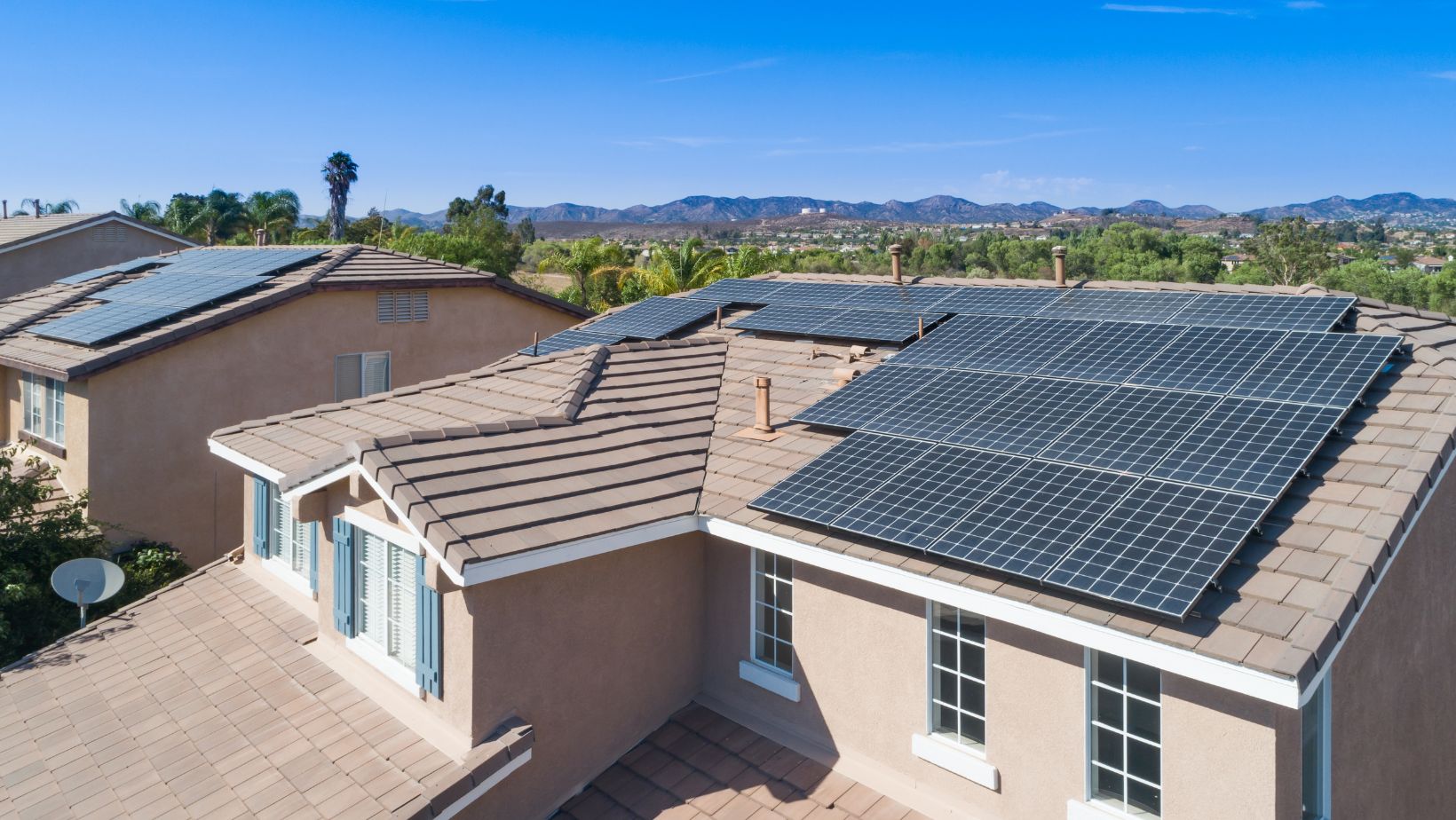
Spray foam offers an air seal and high R-value but costs more. Rigid foam boards provide consistent insulation with moisture resistance. Blown-in cellulose is eco-friendly but may settle over time reducing effectiveness.
Proper installation and air sealing are essential to maximize benefits. The correct insulation type depends on climate, roof design, and budget constraints.
Solar Roofing Innovations
Solar roofing integrates photovoltaic panels either as traditional modules mounted on roofs or as building-integrated photovoltaics (BIPV), which replace conventional roofing materials.
BIPV options include solar shingles and tiles that blend aesthetically with existing roof materials. These systems offer dual functionality by protecting the roof and generating electricity.
Advancements have increased efficiency and reduced costs, making solar roofs more accessible. Some systems include integrated solar battery storage from Sunrun to maximize energy self-consumption and reduce grid reliance.
Installation requires assessment of roof orientation, structural integrity, and local regulations.
Installation and Maintenance Strategies
Effective roof energy efficiency depends on proper installation, routine upkeep, and thorough sealing. Each of these elements contributes to reducing heat loss and preventing damage from weather conditions.
Proper Roof Installation Techniques
Correct installation is essential to maximize energy savings. Contractors in Indianapolis often emphasize accurate insulation placement beneath roofing materials to reduce thermal bridging. Using reflective roofing membranes can also deflect solar heat, lowering cooling costs.
Roof slopes and ventilation must be configured to prevent heat buildup. A well-ventilated attic space supports insulation performance. Additionally, selecting energy-efficient materials like cool roofing shingles or metal roofs improves durability and energy efficiency.
For Indianapolis roof repair, ensuring fasteners and flashing are correctly installed prevents leaks and drafts, which compromise insulation. Poor installation can lead to higher energy consumption and increased repair needs.
Importance of Regular Roof Maintenance
Routine inspections and repairs maintain roof efficiency and extend its lifespan. In Indianapolis, seasonal checks before summer and winter help identify damage from storms or wear and tear.
Clearing debris from gutters ensures water flows freely, preventing moisture-related damage. Early identification of cracked shingles or damaged flashing reduces heat loss and avoids costly repairs.
Scheduling professional roof repair in Indianapolis at least once a year can detect subtle issues. Maintaining seals and replacing worn components keeps energy efficiency intact and reduces unexpected breakdowns.
Sealing and Waterproofing Best Practices
Proper sealing prevents air leaks and moisture intrusion. Applying high-quality sealants around vents, chimneys, and skylights minimizes drafts and energy loss.
Weatherproofing using resilient materials compatible with the local climate is critical. In Indianapolis, freeze-thaw cycles require flexible, durable seals that withstand expansion and contraction.
Regularly inspecting and reapplying sealants ensures long-term protection. Weatherproof membranes under roofing layers add an extra barrier against water and air infiltration, supporting insulation performance.





